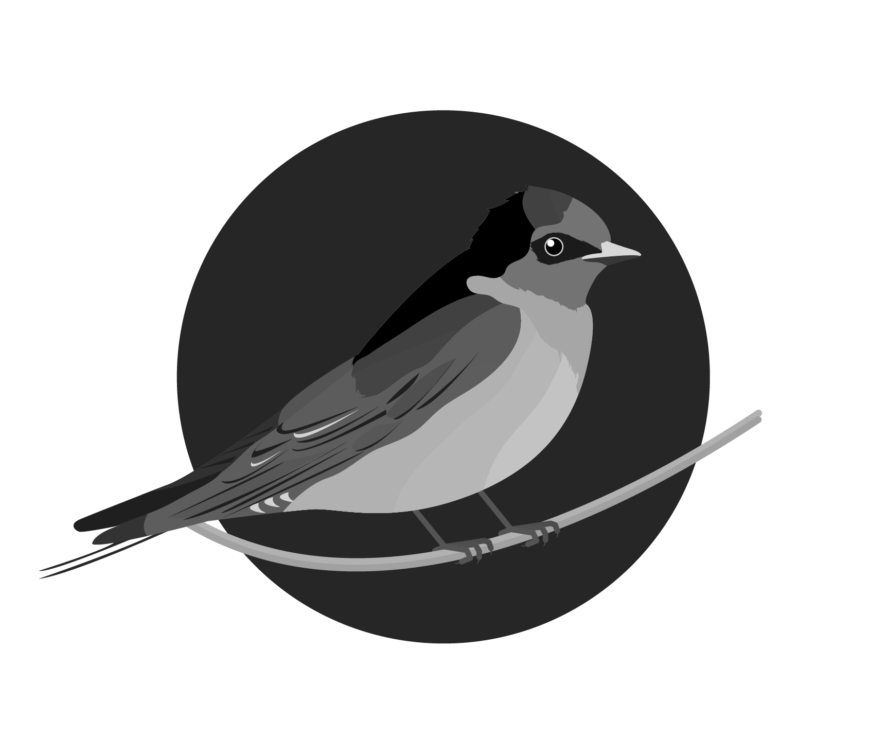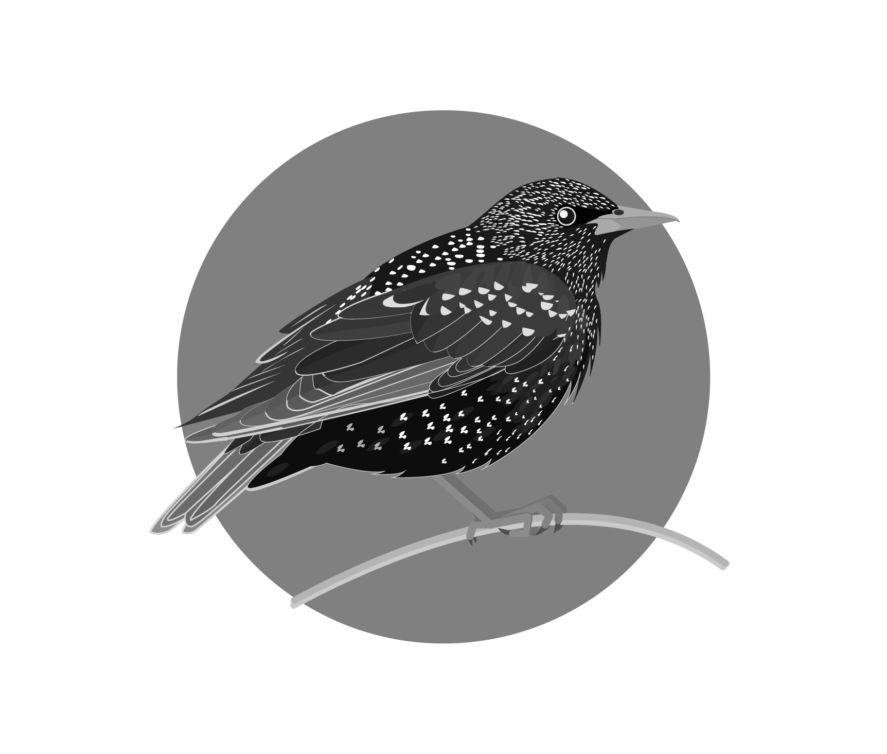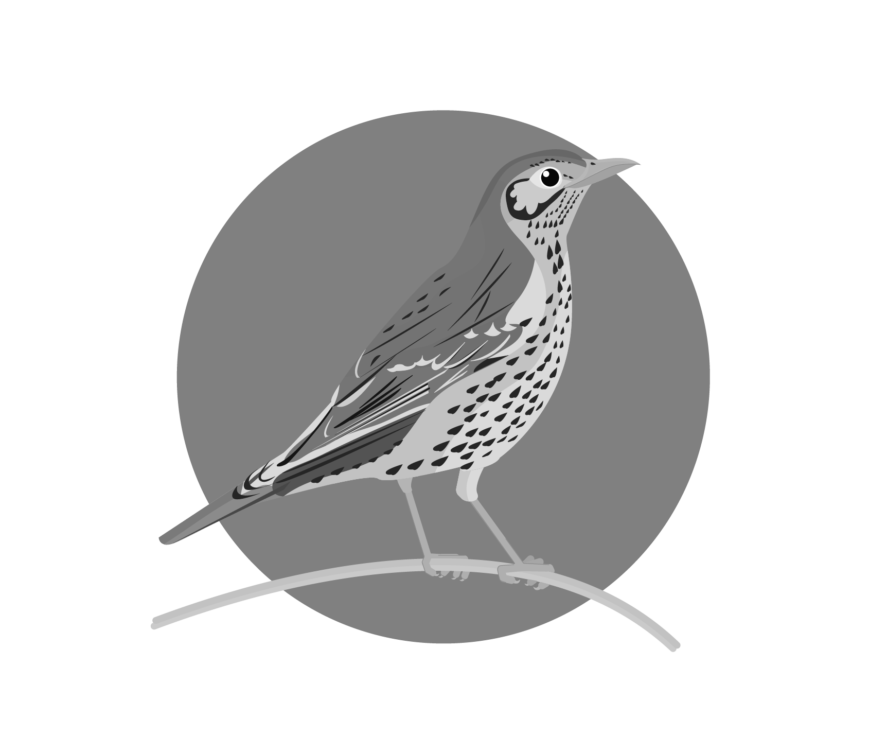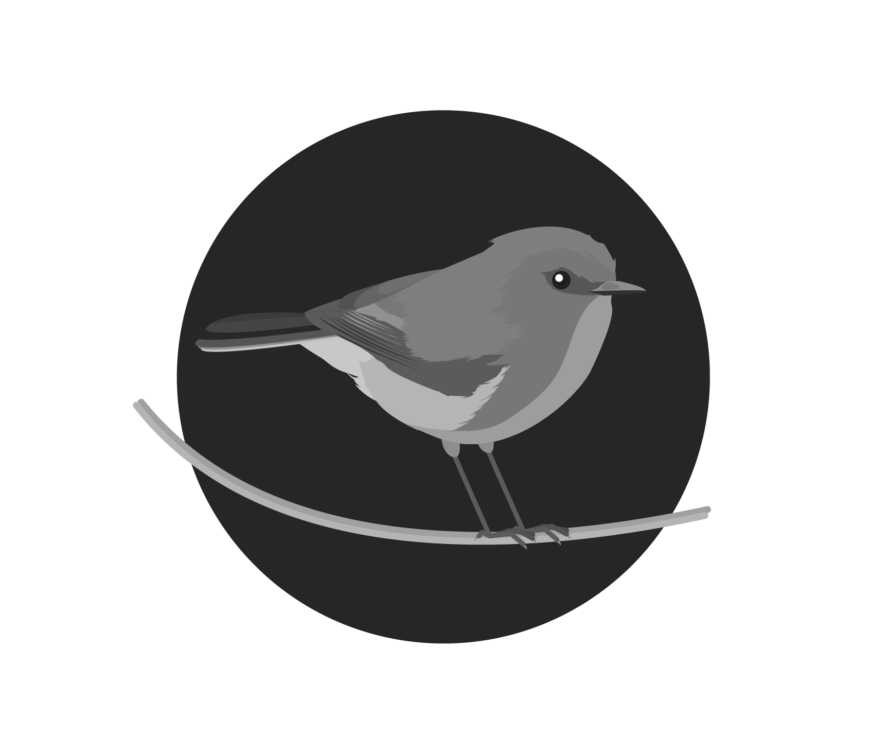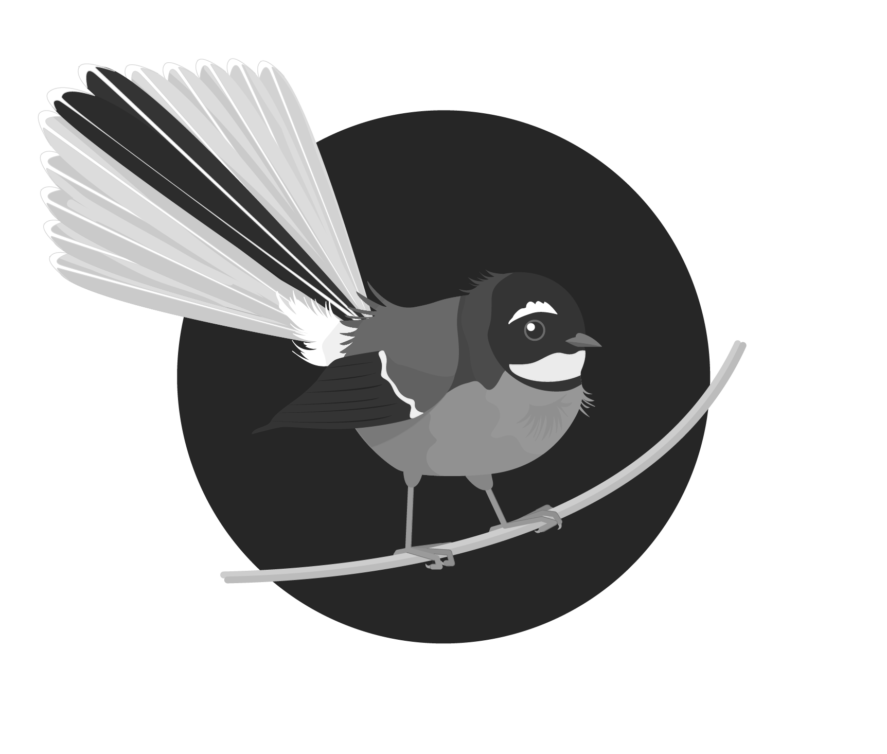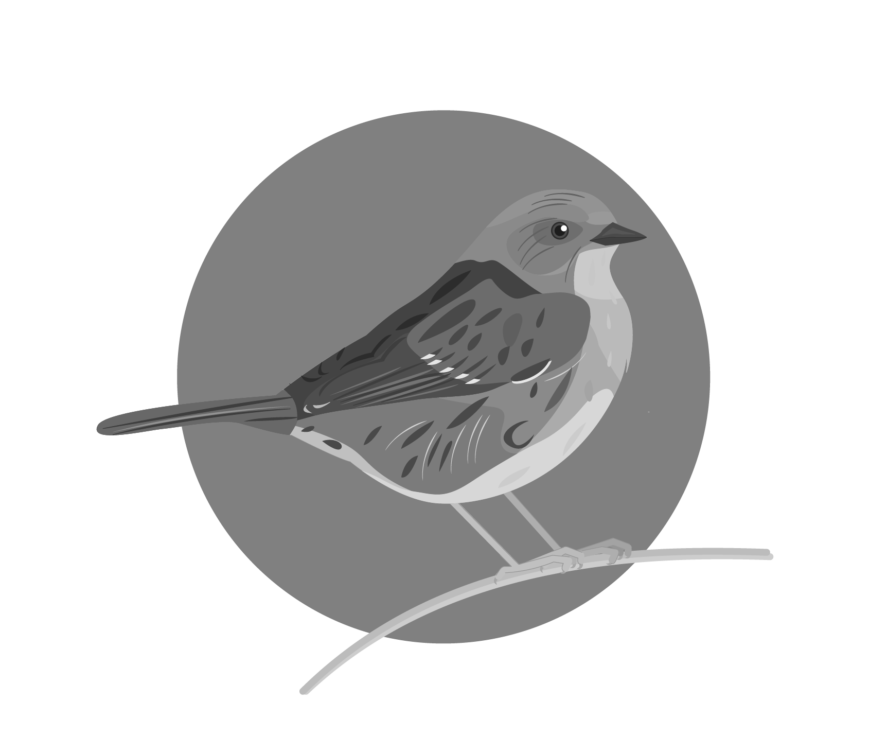
Tag Archives: insect-eating birds
Welcome Swallow
The Graceful Welcome Swallow of New Zealand
The Welcome Swallow (Hirundo neoxena) is a small, agile bird that has become a familiar sight in New Zealand's skies. Originally from Australia, the Welcome Swallow began establishing itself in New Zealand in the 20th century and is ...
Starling
The Versatile Starling of New Zealand
The Starling (Sturnus vulgaris), introduced to New Zealand from Europe in the 19th century, is a highly adaptable and versatile bird. Known for its iridescent plumage and diverse vocalizations, the Starling has become a common and widespread presence in...
Song Thrush
The Melodious Song Thrush of New Zealand
The Song Thrush (Turdus philomelos), introduced to New Zealand from Europe in the 19th century, is renowned for its beautiful and varied song. This medium-sized thrush is now a common sight in gardens, parks, and forests across the country, delighting listen...
Silvereye
The Charming Silvereye of New Zealand
The Silvereye (Zosterops lateralis), also known as the Wax-eye, is a small, attractive bird native to New Zealand. Recognizable by its distinctive white eye-ring, the Silvereye is a common and endearing presence in gardens, forests, and urban areas acro...
Grey Warbler
The Melodious Grey Warbler of New Zealand
The Grey Warbler (Gerygone igata), known as "Riroriro" in Māori, is one of New Zealand's smallest and most vocal native birds. Recognizable by its distinctive song and subtle plumage, the Grey Warbler is a common sight in gardens, fore...
Fantail
The Energetic Fantail of New Zealand
The Fantail (Rhipidura fuliginosa), known as "Pīwakawaka" in Māori, is one of New Zealand's most charming and acrobatic native birds. Recognizable by its distinctive fanned tail and energetic flight patterns, the Fantail is a beloved presence in gardens, forests...
Dunnock
The Secretive Dunnock of New Zealand
The Dunnock (Prunella modularis), also known as the Hedge Sparrow, is a small, inconspicuous bird that was introduced to New Zealand from Europe in the late 19th century. Despite its plain appearance, the Dunnock has an interesting behavior...

